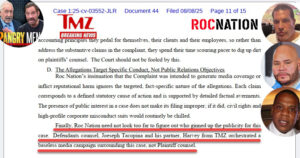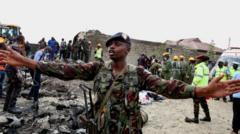In a heartbreaking turn of events, Austria is reeling from a school shooting that claimed the lives of nine students and a teacher, prompting a national dialogue about firearms regulations and the psychological evaluations that precede them.
# Understanding the Tragedy in Graz: A Deep Dive into the School Shooting Incident

# Understanding the Tragedy in Graz: A Deep Dive into the School Shooting Incident
A nation grapples with the aftermath of a tragic school shooting that left ten dead, raising questions about gun laws and mental health assessments.
The authorities are unraveling the complex narrative surrounding the 21-year-old perpetrator who recently unleashed chaos at his former high school in Graz, Austria. Despite undergoing and passing a mandatory psychological evaluation, the young man’s background suggests a troubled upbringing.
Details are beginning to surface about the attacker, whose identity remains withheld due to privacy laws. Reports indicate that he was a socially isolated individual, characterized by a lack of connections, and had previously struggled academically, having failed to graduate from the school where the tragedy unfolded. Residing in Kalsdorf with his mother, he had little social interaction, which might have compounded his psychological issues.
Investigators have also revealed a disturbing element to the story: upon raiding his apartment, they discovered not only the weapons used in the attack but also a non-functioning pipe bomb alongside plans for another possible attack, hinting at a premeditated intent to inflict harm beyond the horrifying events that occurred.
As the nation mourns, flags across Austria were lowered to half-staff in remembrance of the victims, and memorials began to emerge, capturing the profound grief felt by communities across the country. The incident not only shakes the foundations of trust in safety within educational institutions but also sparks critical conversations surrounding gun ownership laws and the effectiveness of psychological screenings.
The future remains uncertain as Austria grapples with this tragedy that strikes at the heart of its values of safety and community, prompting calls for thorough investigations into how such a person was allowed to possess firearms, sparking broader discussions about mental health intervention and regulations pertaining to gun ownership.
Details are beginning to surface about the attacker, whose identity remains withheld due to privacy laws. Reports indicate that he was a socially isolated individual, characterized by a lack of connections, and had previously struggled academically, having failed to graduate from the school where the tragedy unfolded. Residing in Kalsdorf with his mother, he had little social interaction, which might have compounded his psychological issues.
Investigators have also revealed a disturbing element to the story: upon raiding his apartment, they discovered not only the weapons used in the attack but also a non-functioning pipe bomb alongside plans for another possible attack, hinting at a premeditated intent to inflict harm beyond the horrifying events that occurred.
As the nation mourns, flags across Austria were lowered to half-staff in remembrance of the victims, and memorials began to emerge, capturing the profound grief felt by communities across the country. The incident not only shakes the foundations of trust in safety within educational institutions but also sparks critical conversations surrounding gun ownership laws and the effectiveness of psychological screenings.
The future remains uncertain as Austria grapples with this tragedy that strikes at the heart of its values of safety and community, prompting calls for thorough investigations into how such a person was allowed to possess firearms, sparking broader discussions about mental health intervention and regulations pertaining to gun ownership.




















